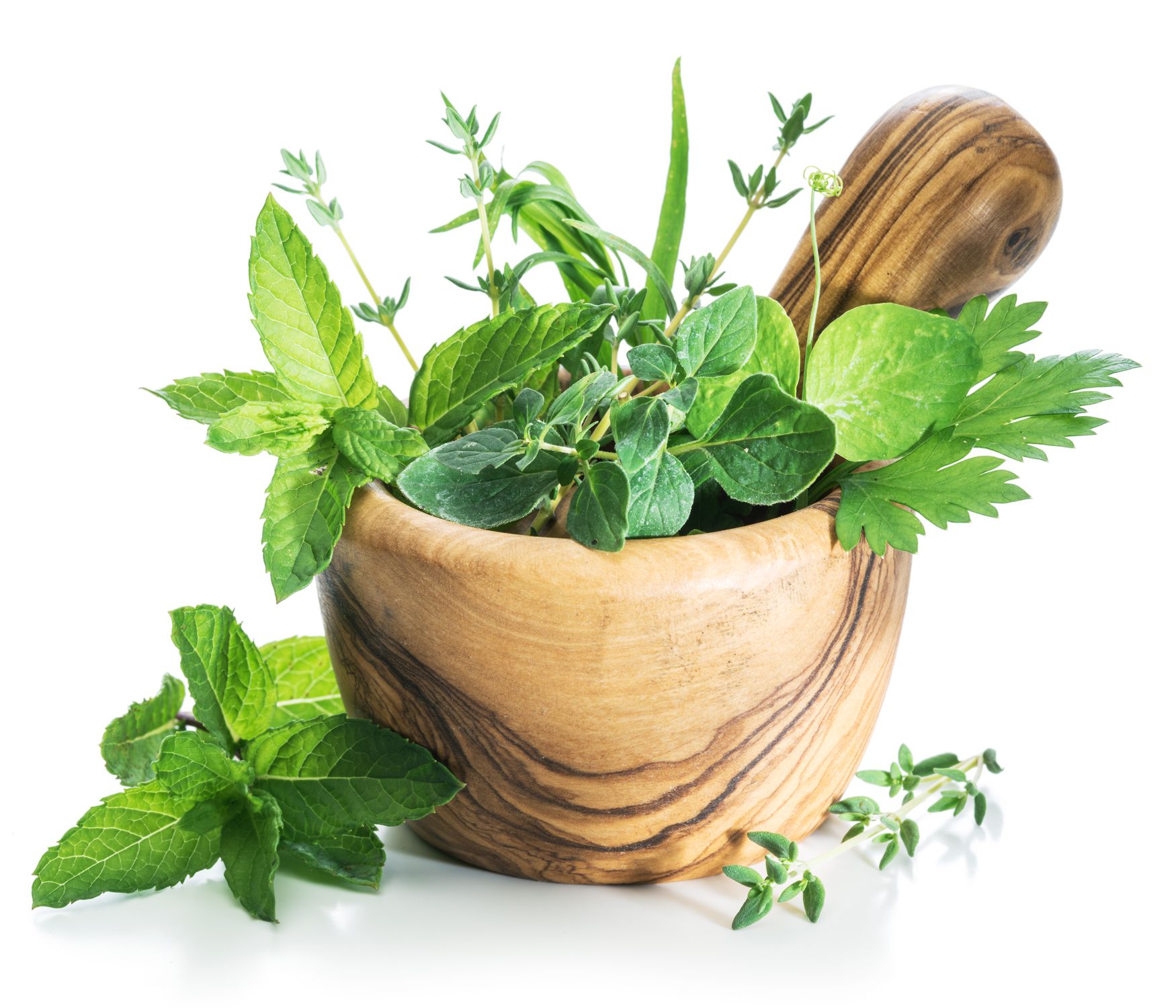Preparing Your Yard for Winter


(Sponsored Content)
The signs of fall are all around us. The trees that get fall color early are starting to turn, soybeans are dropping their leaves and corn ears are beginning to droop, showing signs of maturity. It's time to start preparing our landscapes for winter.
How Plants Know & Prepare for Winter
As days get shorter and nights grow longer, plants enter a stage called the quiescent period, where new growth slows. Cooler nights paired with bright days help plants store sugars in their leaves, a process essential to prepare them for winter.
Gardening Mistakes to Avoid as Summer Ends
It's crucial to avoid stimulating plant growth during late summer and early fall. The three main actions to avoid are pruning, overwatering and fertilizing, as these can reverse the quiescent stage:
- Minimize Pruning: Pruning encourages new growth, which won't mature before winter, leading to winter kill. This is particularly important for roses — avoid deadheading or pruning after mid-August.
- Avoid Overwatering: Overwatering, especially after dry, hot weather, can stimulate new growth that is vulnerable to winter damage.
- Skip Fertilizing: Fertilizing can trigger a late flush of growth, which may not have enough time to harden off before the first frost.
Fall Maintenance Tips
Fall maintenance tasks can be highly beneficial when timed correctly:
- Watering: Evergreens and other nursery plants need adequate hydration before winter. Water these plants once completely dormant, typically from mid-October until the ground freezes. Plants must go into winter completely hydrated.
- Fertilization: Mid-October is an ideal time for fall fertilization. Unlike spring, fall fertilization is more effective because plant roots continue growing as long as the soil isn't frozen, even when the tops are dormant. Fertilizing in fall strengthens newly planted plants and prepares them for spring, while established plants also benefit from the added nutrients during this time.
- Mulching: Proper mulching is crucial during winter as it helps insulate the soil, maintain consistent moisture levels and protect plant roots from extreme temperature fluctuations. Avoid using leaves as mulch for perennials, as they can mat down and create a barrier restricting oxygen flow to the soil, potentially damaging roots that need air throughout winter. Instead, mulch like marsh hay or straw should be applied after the ground freezes.
Understanding how plants respond to seasonal changes and avoiding common gardening mistakes can ensure your garden is well-prepared for the colder months. With the previously suggested steps, you can protect your landscape and enjoy a lush garden year after year.
Tags:Garden & Landscape

Acreage Life is part of the Catalyst Communications Network publication family.













